-
 Bitcoin
Bitcoin $118900
1.66% -
 Ethereum
Ethereum $3735
1.35% -
 XRP
XRP $3.506
0.71% -
 Tether USDt
Tether USDt $1.000
-0.01% -
 BNB
BNB $799.4
5.78% -
 Solana
Solana $202.0
1.87% -
 USDC
USDC $0.9999
0.00% -
 Dogecoin
Dogecoin $0.2661
1.89% -
 Cardano
Cardano $0.8877
1.59% -
 TRON
TRON $0.3173
2.45% -
 Hyperliquid
Hyperliquid $45.00
2.59% -
 Stellar
Stellar $0.4723
3.40% -
 Sui
Sui $3.970
1.32% -
 Chainlink
Chainlink $19.67
1.94% -
 Hedera
Hedera $0.2710
1.99% -
 Avalanche
Avalanche $25.74
-0.01% -
 Bitcoin Cash
Bitcoin Cash $528.1
1.98% -
 Litecoin
Litecoin $120.1
3.57% -
 Shiba Inu
Shiba Inu $0.00001525
1.26% -
 UNUS SED LEO
UNUS SED LEO $8.989
-0.01% -
 Toncoin
Toncoin $3.304
1.74% -
 Polkadot
Polkadot $4.531
3.38% -
 Uniswap
Uniswap $10.74
2.51% -
 Ethena USDe
Ethena USDe $1.001
0.00% -
 Monero
Monero $325.5
2.44% -
 Pepe
Pepe $0.00001413
1.31% -
 Bitget Token
Bitget Token $4.860
0.85% -
 Dai
Dai $0.9999
0.01% -
 Aave
Aave $307.3
-2.07% -
 Bittensor
Bittensor $448.8
2.91%
What's the difference between different types of Bitcoin exchanges?
Centralized exchanges (CEXs) hold user custody while decentralized exchanges (DEXs) rely on automated mechanisms for executing trades.
Feb 25, 2025 at 11:54 am

Key Points
- Centralized vs. Decentralized Exchanges (DEXs)
- Custodial vs. Non-Custodial Exchanges
- Spot vs. Derivative Exchanges
- Tier 1, Tier 2, and Tier 3 Exchanges
Body
Centralized vs. Decentralized Exchanges (DEXs)
Definition:
- Centralized Exchanges (CEXs): Operated by a central authority that holds custody of user funds and facilitates transactions.
- Decentralized Exchanges (DEXs): Non-custodial platforms that rely on blockchain technology and automated mechanisms to execute trades.
Key Differences:
- Custody: CEXs hold user assets, while DEXs do not.
- Control: CEXs have centralized control over operations, while DEXs are decentralized and run by a distributed network.
- Security: CEXs are typically more secure due to centralized security measures, while DEXs offer varying levels of security depending on the platform.
- Privacy: DEXs provide more privacy as users retain control over their private keys.
- Trading options: CEXs offer a wider range of trading options and order types.
Custodial vs. Non-Custodial Exchanges
Definition:
- Custodial Exchanges: Hold and manage user funds, providing a simplified and convenient trading experience.
- Non-Custodial Exchanges: Allow users to trade directly from their private wallets, giving them full control over their assets.
Key Differences:
- Custody: Custodial exchanges control user funds, while non-custodial exchanges do not.
- Security: Custodial exchanges implement various security measures to safeguard user assets, but hacks and breaches remain a risk. Non-custodial exchanges offer enhanced security as users maintain control of their private keys.
- Convenience: Custodial exchanges provide a user-friendly and centralized platform, while non-custodial exchanges require more technical expertise.
- Fees: Non-custodial exchanges typically have lower fees due to the decentralized nature of their operations.
Spot vs. Derivative Exchanges
Definition:
- Spot Exchanges: Facilitate the immediate purchase and sale (spot trading) of cryptocurrencies.
- Derivative Exchanges: Allow trading on futures contracts, options, and other derivative instruments that derive their value from the underlying cryptocurrency.
Key Differences:
- Trading Time: Spot trades are executed immediately, while derivatives have varying expiry dates.
- Market Risk: Spot trading involves less risk than derivatives, as prices fluctuate within a narrower range. Derivatives introduce leverage, increasing the potential for both returns and losses.
- Advanced Features: Derivative exchanges often offer more sophisticated trading tools and leverage options.
- Volatility: Derivative markets can experience higher volatility due to the leveraged nature of trading.
Tiered Exchanges
Definition:
- Tier 1 Exchanges: The most reputable and reliable exchanges with the largest trading volumes, lowest fees, and highest levels of security.
- Tier 2 Exchanges: Less popular but still trustworthy exchanges with decent trading volumes and reasonable fees.
- Tier 3 Exchanges: Smaller and less established exchanges with potentially lower trading volumes, higher fees, and varying levels of security.
Factors Considered:
- Trading volume
- Fees
- Security measures
- Customer support
- Regulatory compliance
FAQs
Which type of exchange is right for me?
The choice depends on factors such as your trading style, risk appetite, and level of technical expertise.
How do I choose a reputable exchange?
Research Tier 1 and Tier 2 exchanges with proven track records, high trading volumes, low fees, strong security measures, and positive user reviews.
What are the security risks of using a custodial exchange?
Custodial exchanges are prone to hacks and breaches, but they typically implement strict security measures to mitigate these risks.
What are the advantages of using a non-custodial exchange?
Non-custodial exchanges offer enhanced security, privacy, and control over your assets.
What is the difference between spot and derivative trading?
Spot trading involves purchasing and selling cryptocurrencies immediately, while derivative trading involves using futures or options to speculate on the price of cryptocurrencies in the future.
Disclaimer:info@kdj.com
The information provided is not trading advice. kdj.com does not assume any responsibility for any investments made based on the information provided in this article. Cryptocurrencies are highly volatile and it is highly recommended that you invest with caution after thorough research!
If you believe that the content used on this website infringes your copyright, please contact us immediately (info@kdj.com) and we will delete it promptly.
- Pudgy Penguins (PENGU) Soars: Rally Growth and Meme Coin Mania!
- 2025-07-23 19:10:12
- Solana Meme Coins & Market Cap Mania: What's the Deal?
- 2025-07-23 19:15:12
- DOGE Price Poised for Parabolic Surge? DogeOS Unveils Zero-Knowledge Game Changer!
- 2025-07-23 18:30:12
- Bitcoin ETF in Regulatory Limbo: SEC Pause Fuels Uncertainty
- 2025-07-23 18:50:12
- CZ's Altcoin Season Tease: BNB Price Rockets to New Heights!
- 2025-07-23 18:30:12
- DeFi Lending: Fees, Collateral, and the TradFi Invasion
- 2025-07-23 18:50:12
Related knowledge
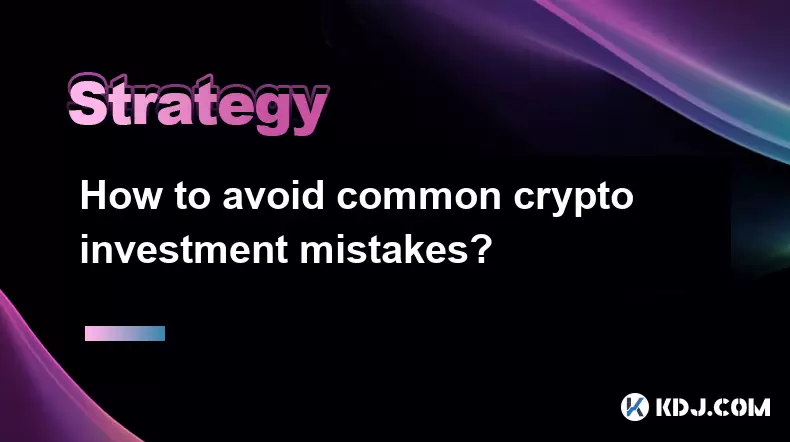
How to avoid common crypto investment mistakes?
Jul 13,2025 at 01:35am
Understanding the Risks of Crypto InvestmentInvesting in cryptocurrency can be highly rewarding, but it also comes with significant risks. One of the ...
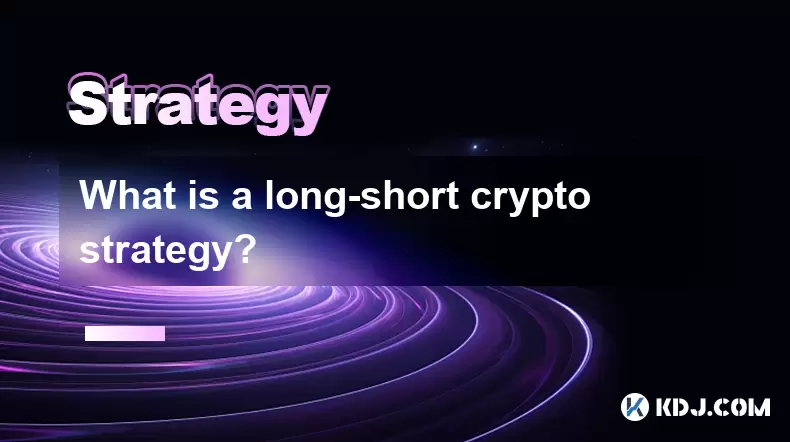
What is a long-short crypto strategy?
Jul 15,2025 at 10:56am
Understanding the Basics of a Long-Short Crypto StrategyA long-short crypto strategy is an investment approach where traders simultaneously take long ...
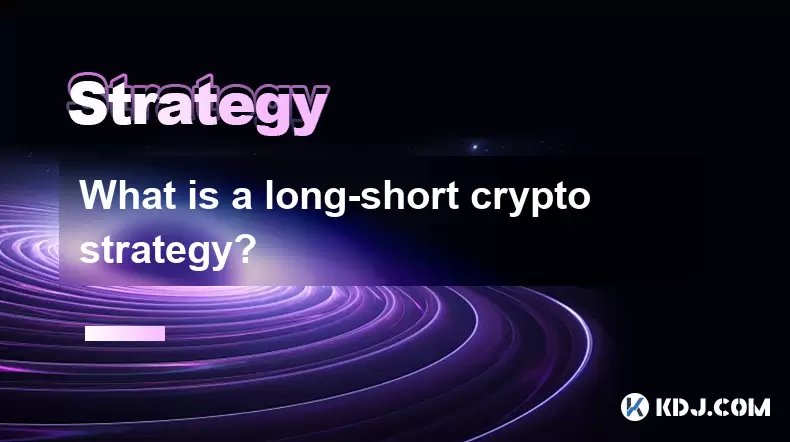
What is a long-short crypto strategy?
Jul 11,2025 at 01:28pm
Understanding the Basics of Long-Short Crypto StrategyA long-short crypto strategy is an investment approach where traders take both long and short po...
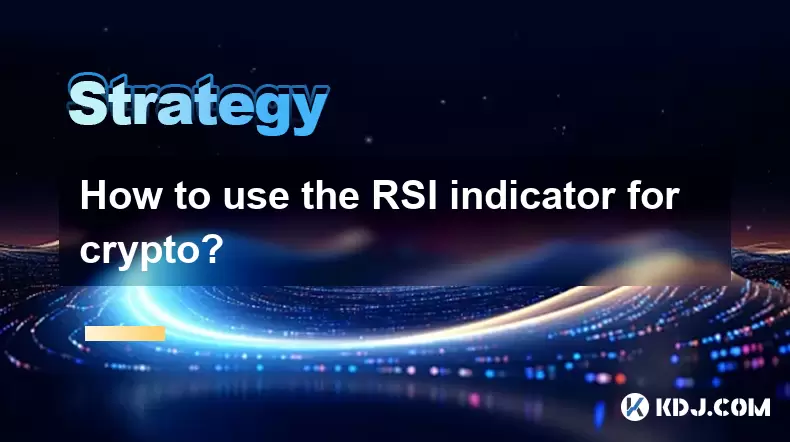
How to use the RSI indicator for crypto?
Jul 12,2025 at 03:56pm
Understanding the RSI Indicator in Cryptocurrency TradingThe Relative Strength Index (RSI) is a momentum oscillator used to measure the speed and chan...

Is copy trading a good strategy for crypto beginners?
Jul 12,2025 at 08:28am
Understanding Copy Trading in the Cryptocurrency MarketCopy trading is a strategy where novice traders replicate the trades of experienced investors a...
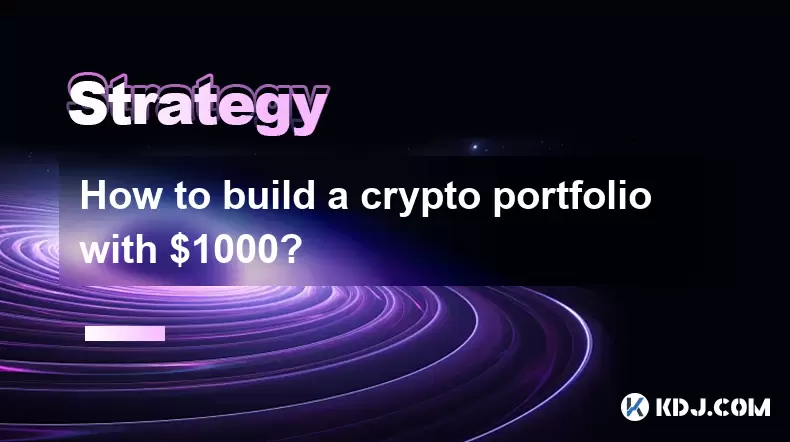
How to build a crypto portfolio with $1000?
Jul 13,2025 at 08:14pm
Understanding the Basics of Cryptocurrency InvestmentBuilding a crypto portfolio with $1000 starts with understanding the fundamentals of cryptocurren...

How to avoid common crypto investment mistakes?
Jul 13,2025 at 01:35am
Understanding the Risks of Crypto InvestmentInvesting in cryptocurrency can be highly rewarding, but it also comes with significant risks. One of the ...

What is a long-short crypto strategy?
Jul 15,2025 at 10:56am
Understanding the Basics of a Long-Short Crypto StrategyA long-short crypto strategy is an investment approach where traders simultaneously take long ...

What is a long-short crypto strategy?
Jul 11,2025 at 01:28pm
Understanding the Basics of Long-Short Crypto StrategyA long-short crypto strategy is an investment approach where traders take both long and short po...

How to use the RSI indicator for crypto?
Jul 12,2025 at 03:56pm
Understanding the RSI Indicator in Cryptocurrency TradingThe Relative Strength Index (RSI) is a momentum oscillator used to measure the speed and chan...

Is copy trading a good strategy for crypto beginners?
Jul 12,2025 at 08:28am
Understanding Copy Trading in the Cryptocurrency MarketCopy trading is a strategy where novice traders replicate the trades of experienced investors a...

How to build a crypto portfolio with $1000?
Jul 13,2025 at 08:14pm
Understanding the Basics of Cryptocurrency InvestmentBuilding a crypto portfolio with $1000 starts with understanding the fundamentals of cryptocurren...
See all articles

























































































